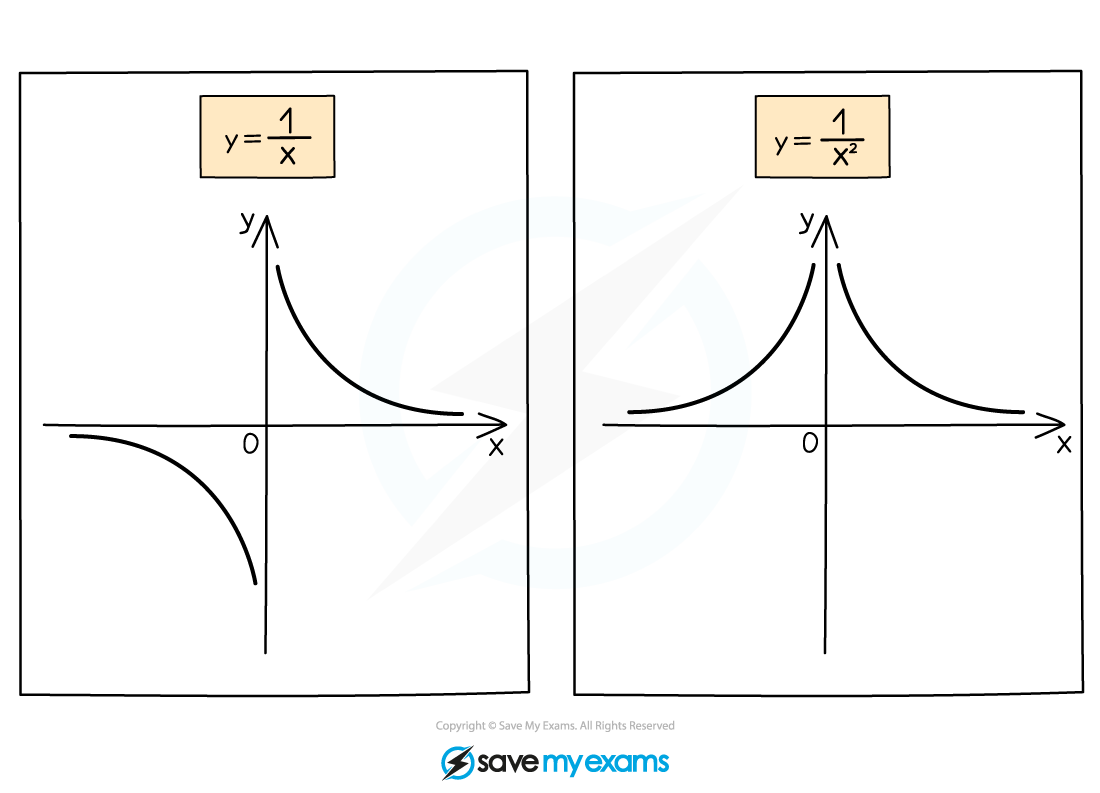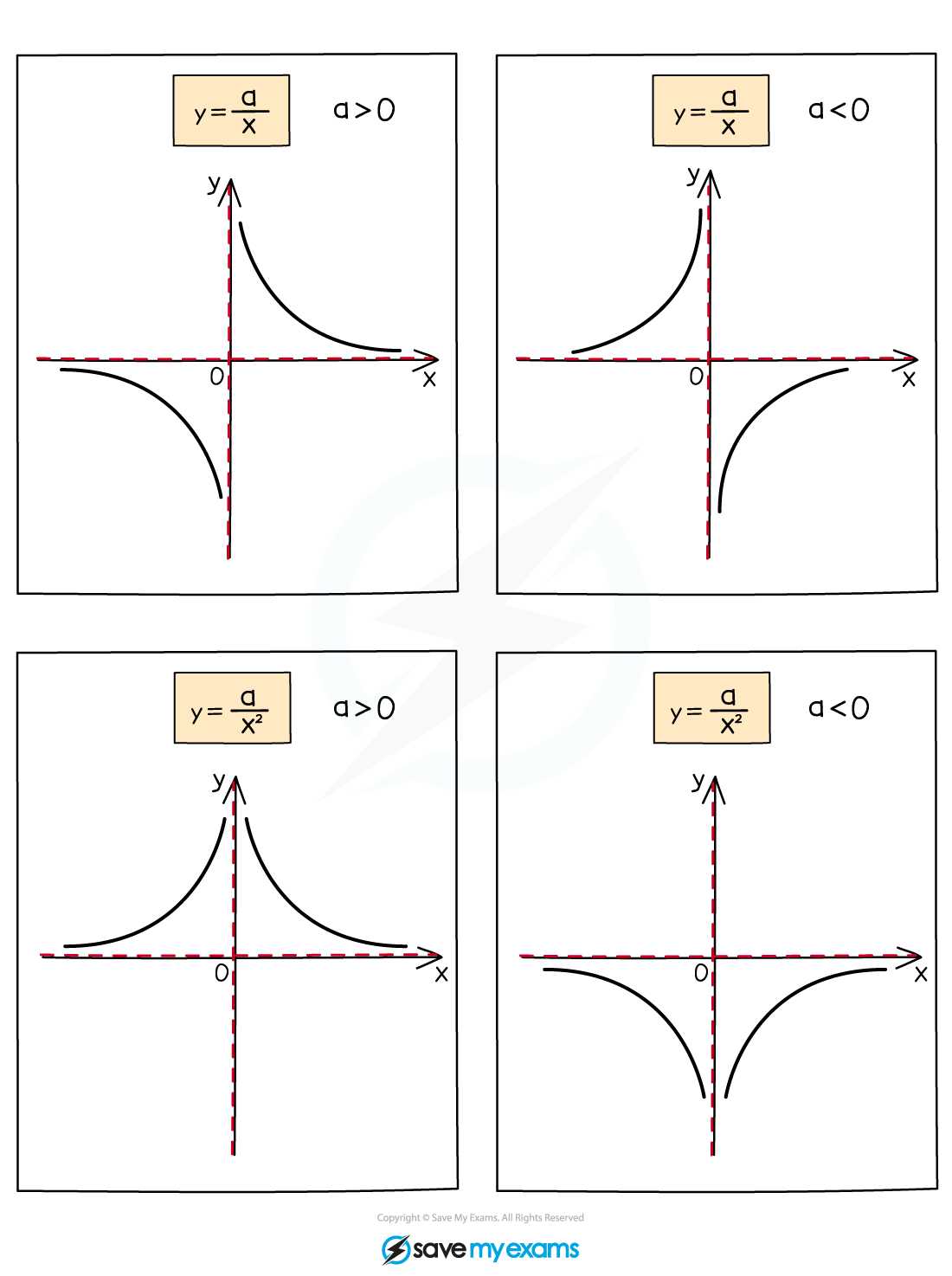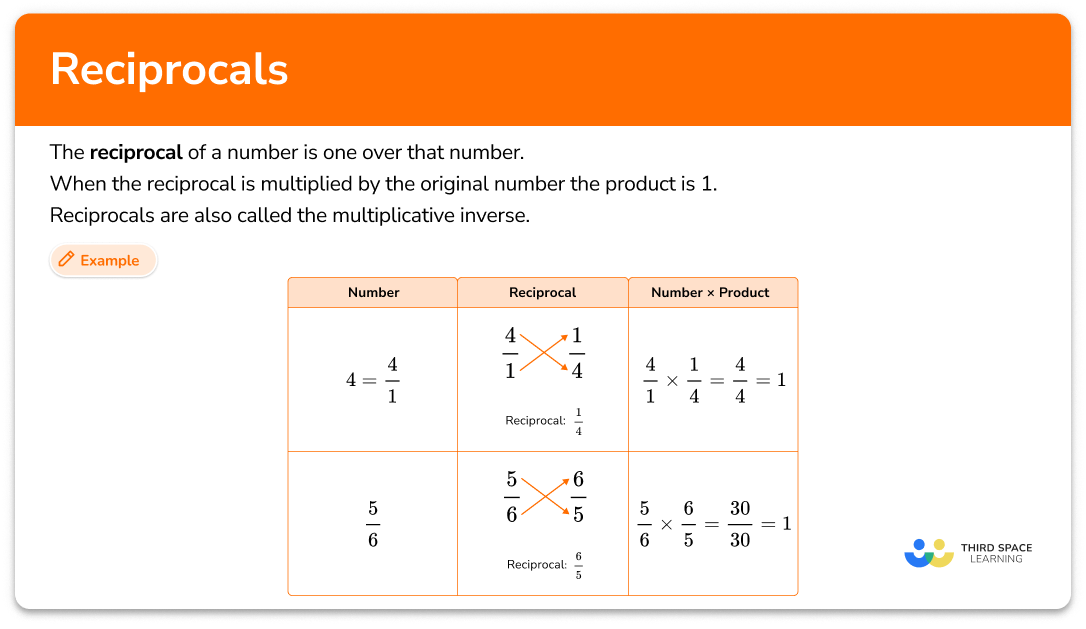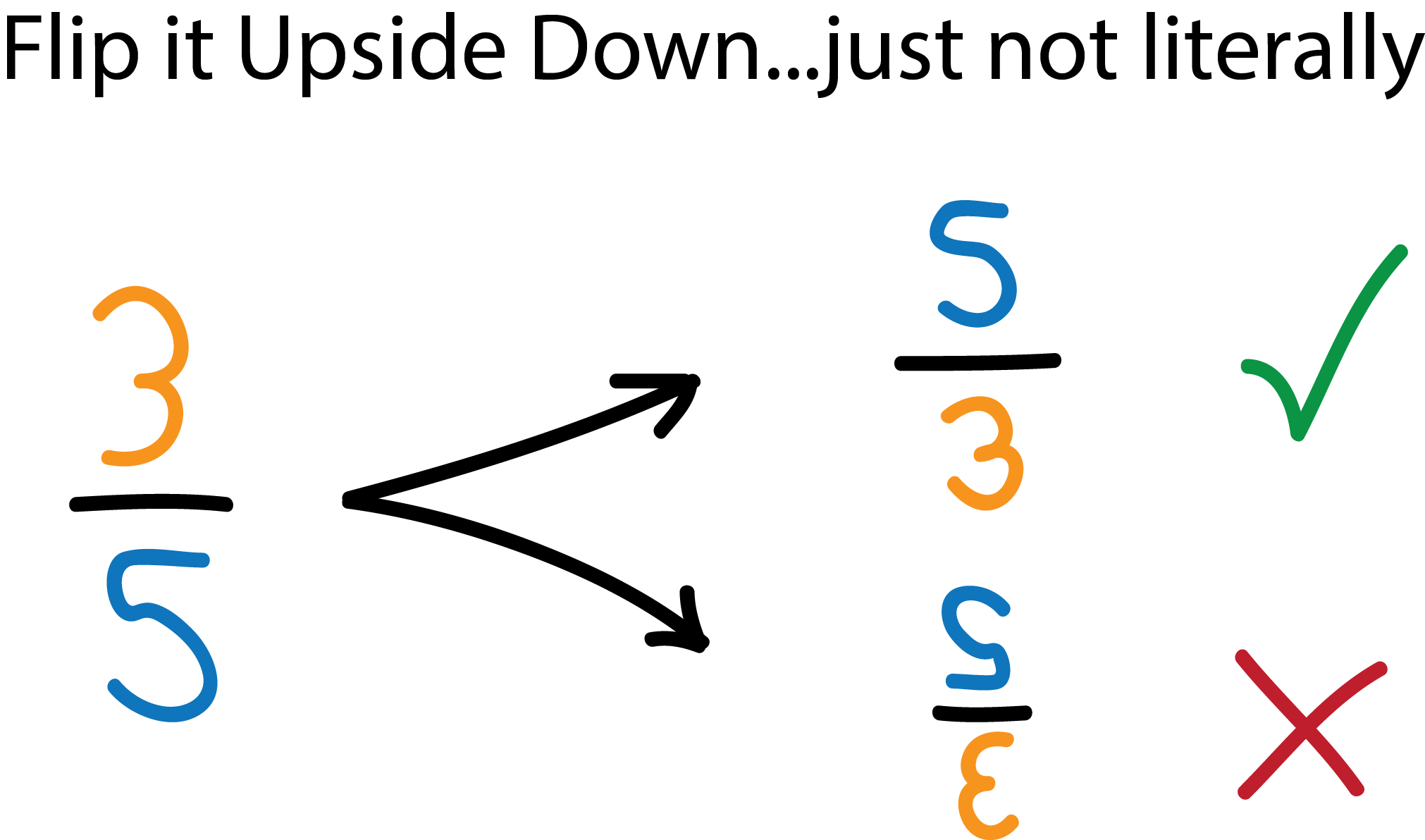What Is The Reciprocal Of 1
What Is The Reciprocal Of 1 - By taking the reciprocal twice, we got back to. And 23 divided by 1 is just 23. A number is the reciprocal of another number if the product of the number and its reciprocal are equal to 1. Finding the reciprocal of a number is an extremely simple process. The reciprocal of a number. But if we take the reciprocal again and flip that fraction, 1/23 becomes 23/1. The reciprocal of 23 is 1/23. The reciprocal of a number refers to another number that, when multiplied by the original number, is equal to 1. By finding the reciprocal of the number 1 using the same process as we would for any number, we. For example, the reciprocal of 2/3 is 3/2.
By taking the reciprocal twice, we got back to. A more mathematical definition is to say that the reciprocal of the. A number is the reciprocal of another number if the product of the number and its reciprocal are equal to 1. By finding the reciprocal of the number 1 using the same process as we would for any number, we. The reciprocal of a number. The reciprocal of a number refers to another number that, when multiplied by the original number, is equal to 1. And 23 divided by 1 is just 23. But if we take the reciprocal again and flip that fraction, 1/23 becomes 23/1. Finding the reciprocal of a number is an extremely simple process. For example, the reciprocal of 2/3 is 3/2.
The reciprocal of a number. For example, the reciprocal of 2/3 is 3/2. But if we take the reciprocal again and flip that fraction, 1/23 becomes 23/1. And 23 divided by 1 is just 23. Finding the reciprocal of a number is an extremely simple process. By taking the reciprocal twice, we got back to. A more mathematical definition is to say that the reciprocal of the. So, to find the reciprocal of 1.2, you would calculate 1 divided by 1.2, which equals approximately 0.8333 recurring (or 5/6 in. The reciprocal of 23 is 1/23. By finding the reciprocal of the number 1 using the same process as we would for any number, we.
Reciprocal Math Elementary Math Steps, Examples & Questions
By finding the reciprocal of the number 1 using the same process as we would for any number, we. The reciprocal of 23 is 1/23. And 23 divided by 1 is just 23. A more mathematical definition is to say that the reciprocal of the. A number is the reciprocal of another number if the product of the number and.
What is a reciprocal in math? TEL Gurus
The reciprocal of 23 is 1/23. Finding the reciprocal of a number is an extremely simple process. By finding the reciprocal of the number 1 using the same process as we would for any number, we. By taking the reciprocal twice, we got back to. A more mathematical definition is to say that the reciprocal of the.
Reciprocal of 1/2 YouTube
And 23 divided by 1 is just 23. The reciprocal of a number. Finding the reciprocal of a number is an extremely simple process. A number is the reciprocal of another number if the product of the number and its reciprocal are equal to 1. By finding the reciprocal of the number 1 using the same process as we would.
Reciprocals. How to calculate the reciprocal of any number video. YouTube
And 23 divided by 1 is just 23. But if we take the reciprocal again and flip that fraction, 1/23 becomes 23/1. By finding the reciprocal of the number 1 using the same process as we would for any number, we. The reciprocal of a number. For example, the reciprocal of 2/3 is 3/2.
CIE A Level Maths Pure 1复习笔记1.4.2 Reciprocal Graphs Sketching翰林国际教育
So, to find the reciprocal of 1.2, you would calculate 1 divided by 1.2, which equals approximately 0.8333 recurring (or 5/6 in. The reciprocal of 23 is 1/23. The reciprocal of a number is simply 1 divided by that number. By finding the reciprocal of the number 1 using the same process as we would for any number, we. The.
Edexcel A Level Maths Pure复习笔记2.7.2 Reciprocal Graphs Sketching翰林国际教育
The reciprocal of a number refers to another number that, when multiplied by the original number, is equal to 1. So, to find the reciprocal of 1.2, you would calculate 1 divided by 1.2, which equals approximately 0.8333 recurring (or 5/6 in. The reciprocal of a number. But if we take the reciprocal again and flip that fraction, 1/23 becomes.
Mr Rouche's Maths Reciprocals
But if we take the reciprocal again and flip that fraction, 1/23 becomes 23/1. The reciprocal of a number. The reciprocal of a number is simply 1 divided by that number. A more mathematical definition is to say that the reciprocal of the. The reciprocal of a number refers to another number that, when multiplied by the original number, is.
Square of Reciprocal Function y=1/(x^2) Graph + Characteristics
So, to find the reciprocal of 1.2, you would calculate 1 divided by 1.2, which equals approximately 0.8333 recurring (or 5/6 in. Finding the reciprocal of a number is an extremely simple process. A more mathematical definition is to say that the reciprocal of the. The reciprocal of a number refers to another number that, when multiplied by the original.
Reciprocal Math Math Steps, Examples & Questions
By finding the reciprocal of the number 1 using the same process as we would for any number, we. A number is the reciprocal of another number if the product of the number and its reciprocal are equal to 1. But if we take the reciprocal again and flip that fraction, 1/23 becomes 23/1. A more mathematical definition is to.
So, To Find The Reciprocal Of 1.2, You Would Calculate 1 Divided By 1.2, Which Equals Approximately 0.8333 Recurring (Or 5/6 In.
By taking the reciprocal twice, we got back to. Finding the reciprocal of a number is an extremely simple process. The reciprocal of a number. The reciprocal of 23 is 1/23.
But If We Take The Reciprocal Again And Flip That Fraction, 1/23 Becomes 23/1.
A more mathematical definition is to say that the reciprocal of the. A number is the reciprocal of another number if the product of the number and its reciprocal are equal to 1. The reciprocal of a number refers to another number that, when multiplied by the original number, is equal to 1. And 23 divided by 1 is just 23.
By Finding The Reciprocal Of The Number 1 Using The Same Process As We Would For Any Number, We.
The reciprocal of a number is simply 1 divided by that number. For example, the reciprocal of 2/3 is 3/2.









